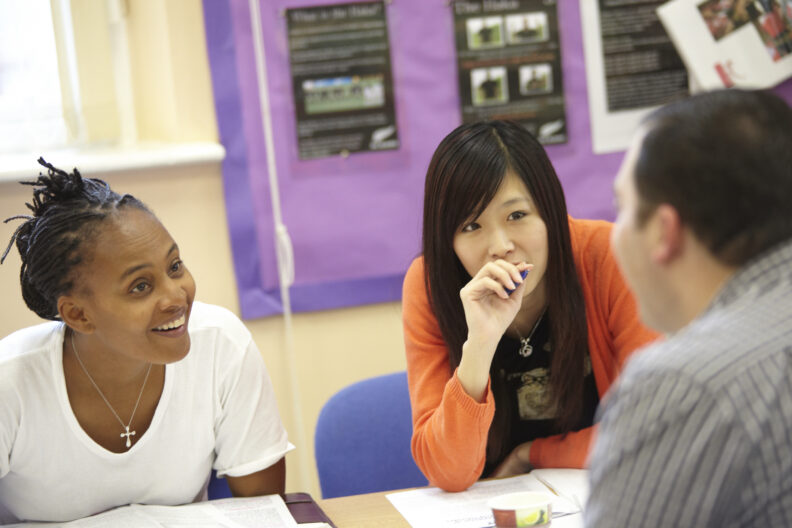Presenting Mental Health Resources for Real Audiences

Who?
Dr Louise Gascoine is an Associate Professor in the School of Education.
What?
For a new, third-year module on mental health and wellbeing in education, groups of students presented on a mental health resource that they collaboratively designed.
When?
The module ran over the course of the academic year. The group project was introduced in the first term and spanned the whole of the second term, with presentations in seminar groups at the end of the second term.
Why?
The module aimed to take a critical and reflective approach to the intersections between education, mental health and well-being, contextualised in research, policy and practice. The group assessment required the students to directly relate the content with which they had critically engaged to the development of a realistic resource.
How?
A collaborative environment was fostered throughout the module, with blogging proving to be a particularly effective way to develop informal interaction among students. Each student was required to write a 200-word blog every fortnight, and to eventually choose one that would be the basis for their final essay. A prompt was provided for each blog assignment, expecting students to write critically about, for example, an academic paper, a critique, or how something might apply to a particular demographic. As they engaged with their own blog contributions, and read and commented on and each others’, the students developed a constructive approach to discussion and peer feedback which seemed to prepare them well to work on an extended group project. This was especially advantageous as the module included students from a number of different departments who had not met each other before.
For the project, students were organised into groups of four to six. Groups were briefed to design a piece of mental health literacy and to present the plan and rationale for the literature based on critical engagement with research, policy and practice. Groups chose the focus of the resource they were producing and the audience at whom it was aimed. On this basis, they also chose the medium in which the literature would (or could) be delivered. Groups were free to actually develop the mental health resource or to discuss how it would be developed. Finally, groups were given the choice of recording their presentation or presenting it live.
During Term 2, each group had a formative tutorial with one of the module lecturers to discuss their project so far, ensure that they were on the right track, and deal with any group concerns. Groups were all subsets of seminar groups, so met regularly in this environment as well as in lectures.
How did it go?
The lectures were very impressed with the presentations. Every group earned a first class mark, with some achieving exceptionally high marks. The presentations were diverse in their approach and often creative, with students using techniques like role play. From a marking perspective, there were not any material differences between the recorded and in-person presentations.
A couple students indicated in the MEQs that they were not happy with being given a whole-group mark. On the whole, however, the students seemed to appreciate the opportunity to work together, especially as this cohort had started their university careers in the middle of lockdown. The blogs helped students to enter into constructive relationships beforehand, and the presentations proved to be exemplary.
What’s next?
Adjustments may be made to the whole-module assessment structure in future, in consideration of assessment load (for students and for staff), as well as any factors that are identified during post-module evaluation. Still, the module leaders found the group presentations to be a very valuable assessment technique, as evidenced through the students’ enthusiasm and high marks.
